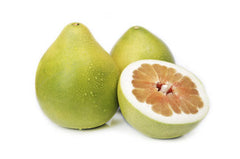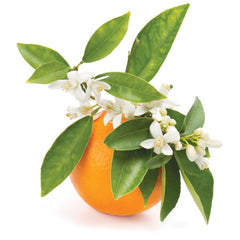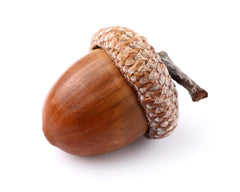What Does Bluebell Smell Like?
Black Friday Fragrance Deals
Click For Affordable Inspired Perfume Alternatives

Factors Influencing the Aroma of Bluebell Fragrance
Bluebell fragrance captures the delicate and sweet scent associated with blooming bluebell flowers. The aromatic profile of bluebell fragrance is shaped by various factors, contributing to its unique and captivating scent. Here are some elements that play a role in determining the aroma of bluebell fragrance:
-
Botanical Source: The specific species of bluebell from which the fragrance is derived can influence the overall scent. Different bluebell varieties may produce unique aromatic compounds, contributing to variations in the fragrance.
-
Extraction Method: The method used to extract aromatic compounds from bluebells plays a crucial role in the final scent. Extraction methods such as solvent extraction, enfleurage, or steam distillation can yield different aromatic profiles.
-
Geographical Origin: Bluebells grown in different regions may exhibit variations in their aromatic profiles due to differences in soil composition, climate, and altitude. The terroir, or environmental conditions, contributes to the diversity of the fragrance.
-
Blooming Stage: The stage at which bluebells are harvested or the blooming stage at which the fragrance is captured can impact the scent. Blooms at different stages may release varying aromatic compounds.
-
Cultivation Practices: Organic or traditional cultivation methods can influence the fragrance of bluebells. The absence of synthetic chemicals may contribute to a more natural and pure aroma.
-
Blend Composition: Bluebell fragrance is often part of a blend with other floral, green, or musky notes. The composition and ratio of these elements play a role in shaping the overall aroma.
-
Synthetic Additions: In some cases, synthetic fragrance compounds may be added to enhance or stabilize the bluebell fragrance. These additions can contribute to the complexity and longevity of the scent.
-
Quality of Fragrance Ingredients: The quality of the raw materials used in crafting the fragrance, including any additional notes or fixatives, influences the overall aromatic experience.
-
Artistic Expression of the Perfumer: The skill and creativity of the perfumer or fragrance creator contribute to the unique and artistic nature of the bluebell fragrance. The selection and blending of various aromatic elements involve a level of craftsmanship.
-
Consumer Trends and Preferences: The fragrance industry often adapts to consumer trends and preferences. The popularity of certain notes or scent profiles may influence the formulation of bluebell fragrance to align with market demands.
-
Usage in Products: The type of products in which bluebell fragrance is used, such as perfumes, candles, lotions, or soaps, can influence the overall scent perception. The interaction with other ingredients in the product may alter the fragrance.
-
Storage Conditions: How the bluebell fragrance is stored before and after formulation can impact its stability and aroma. Proper storage in a cool, dark environment helps maintain the freshness of the fragrance.
-
Regulatory Compliance: Adherence to regulatory standards and restrictions on certain fragrance ingredients can influence the formulation of bluebell fragrance. Compliance with safety guidelines may require adjustments in the composition.
It's important to note that the aromatic experience of bluebell fragrance is subjective, and individual preferences may vary. Exploring products featuring this fragrance and understanding the factors that contribute to its aroma allows consumers to appreciate the diversity within the world of bluebell scents.
Buy Perfumes - Best Online Retailers
Click For Affordable Inspired Perfume Alternatives
Click For The Best Niche Perfumes & Decants
Pheromone Perfumes - Confidence, Attraction & Appeal - Click For More
Home Fragrances & Candle Warmers - Click To Scent Up Your Spaces Today!



